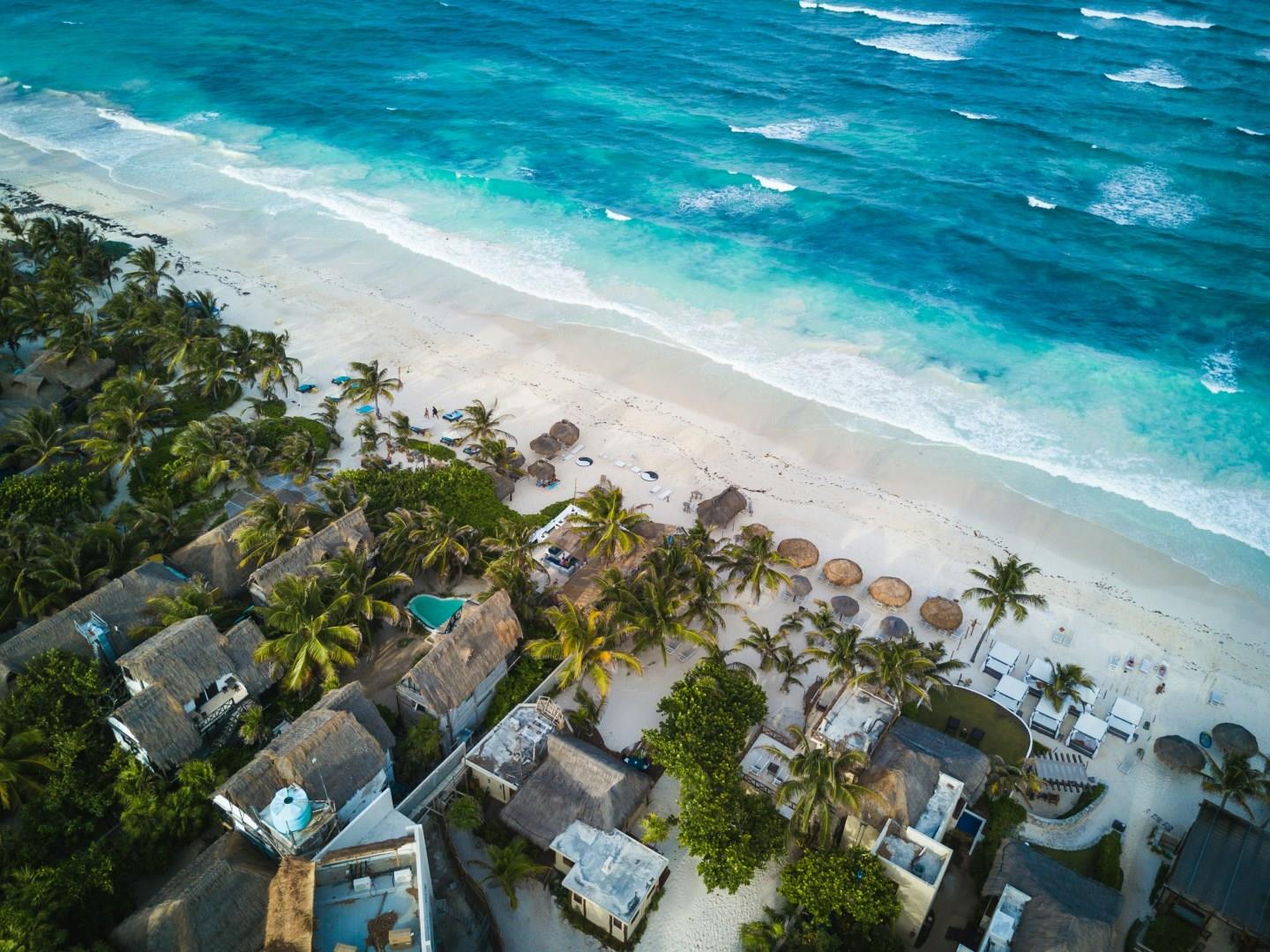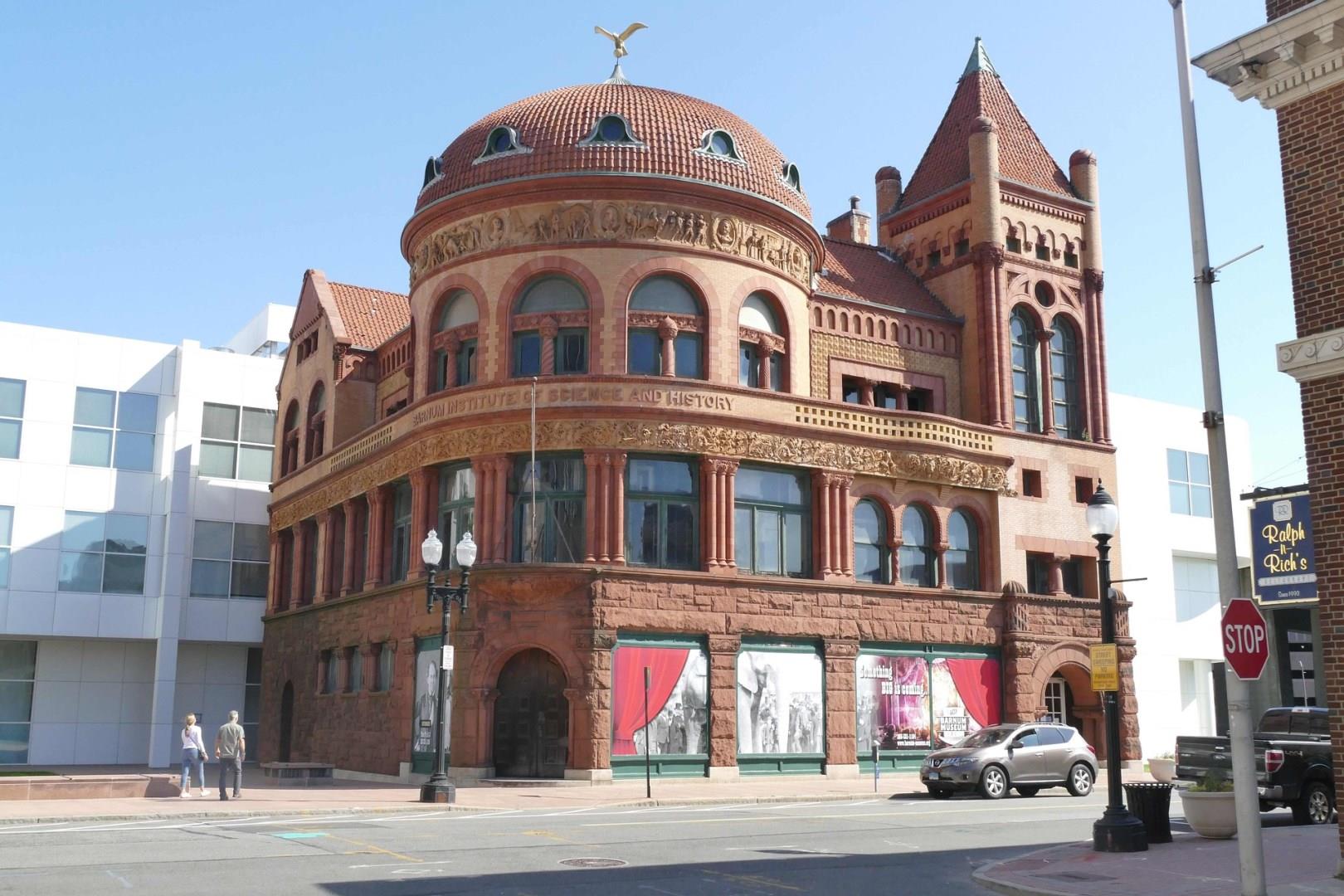

Mexico
Mexico is a land where ancient civilizations, vibrant traditions, and breathtaking landscapes come together. From the bustling streets of Mexico City to the quiet pueblos tucked into mountain valleys, each corner of the country reveals a unique facet of its rich identity.

Vietnam
Vietnam, a land of timeless charm, offers a rich tapestry of history, culture, and natural beauty that captivates visitors from around the world. From the bustling streets of Hanoi to the tranquil beauty of Ha Long Bay, Vietnam's diverse landscapes and vibrant cities provide endless opportunities for exploration and is one of Southeast Asia's most exciting destinations.

Bridgeport
Bridgeport, Connecticut, offers visitors a fascinating mix of historical significance, cultural diversity, and coastal charm. As the largest city in the state, Bridgeport is known for its rich industrial past and vibrant waterfront. One of the must-visit spots is Seaside Park, a stunning 325-acre public park designed by Frederick Law Olmsted, the same visionary behind New York’s Central Park.

St. Martin
Thirty seven sandy beaches, sparkling Caribbean seas, soothing trade winds, fine dining and incredible duty free shopping combine to make St.Martin/St.Maarten a true vacationers paradise.

Seoul
Seoul, the dynamic capital of South Korea, is a city where ancient traditions meet cutting-edge technology. Begin your journey at Gyeongbokgung Palace, built in 1395 and a symbol of the Joseon Dynasty’s grandeur. Visitors can witness the changing of the guard ceremony and explore the palace’s intricate architecture, which evokes the splendor of Korea’s royal past.


